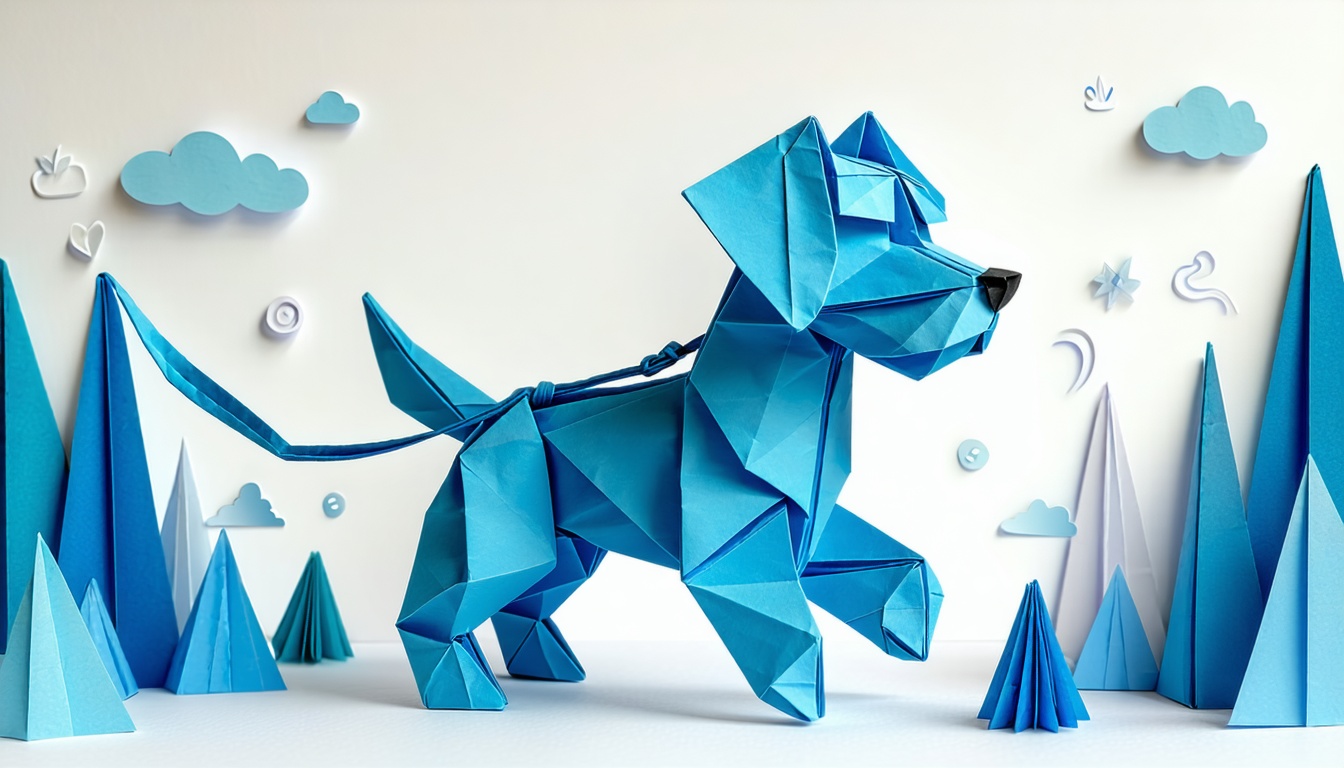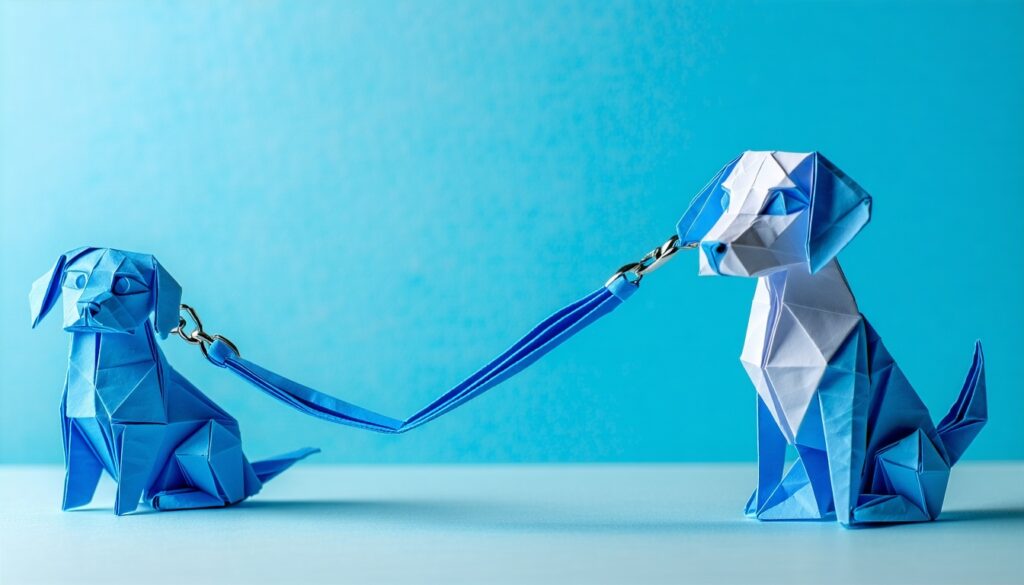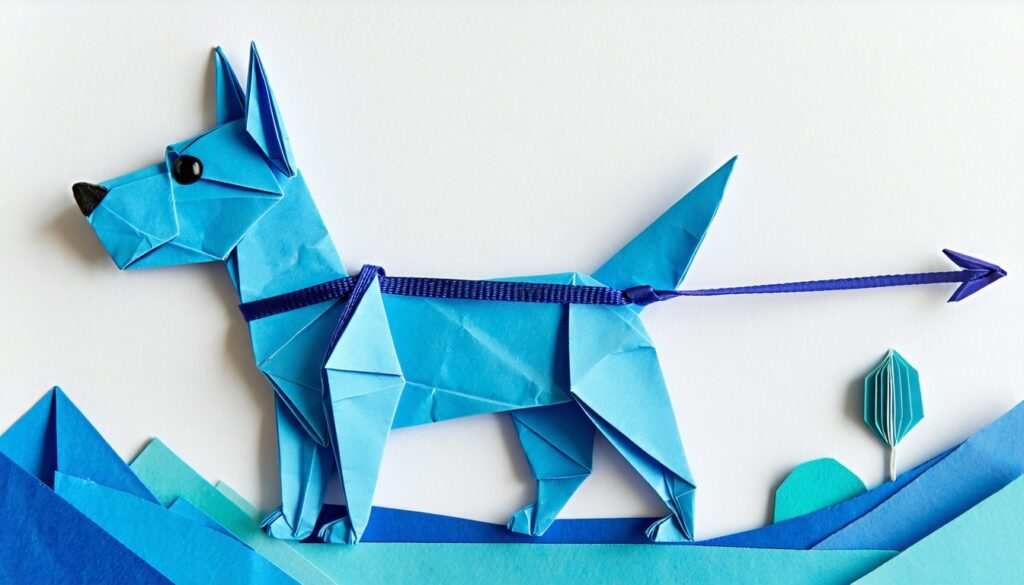If you’re feeling a bit overwhelmed by puppy leash training for beginners, you’re not alone. Leash-walking is something puppies aren’t born knowing how to do, so it takes a little patience, the right approach, and a whole lot of encouragement. Let’s walk through the basics together.
Know why leash training matters
When your puppy understands how to calmly walk on a leash, you both enjoy safer and more stress-free outings. In many public areas, dogs need to be on-leash by law, and a comfortable, well-trained pup can join you on more adventures. Research from PetMD (https://www.petmd.com/dog/general-health/how-to-leash-train-dog) also notes that leash-walking provides mental stimulation for dogs and helps you unwind. It’s a win-win that builds trust between you and your furry friend.
Choose dog-friendly gear
Before you begin, make sure you have a well-fitted harness or collar that won’t rub your puppy’s skin. Different sizes and breeds may require different approaches. If you have a small breed, you might explore leash training small puppies to ensure you’re using gentler, lightweight equipment. On the flip side, larger breeds often benefit from front-clip harnesses that give you more control.
- Harness: Great for most puppies, since it reduces pressure on the neck.
- Standard collar: Works fine for calmer pups, but avoid harsh tugging.
- Leash length: Four to six feet is typical for training, offering a balance between freedom and control.
Introduce the leash indoors
Start in a low-distraction area, like your living room. According to the American Kennel Club (AKC) (https://www.akc.org/expert-advice/training/teach-puppy-walk-leash/), it helps to let your puppy sniff the harness and leash before putting them on. Then, let your pup walk around the house wearing the gear while you occasionally reward them with a small treat or praise. These early positive experiences shape how they’ll react outside.
- Keep sessions short, about 5-10 minutes.
- Use treats or cheery praise to reinforce calm behavior.
- If you need more detailed guidance, check out how to leash train a puppy.
Take short outdoor walks
Once your puppy is comfy indoors, try taking a walk in your backyard or a quiet outdoor spot. Puppies can be easily distracted by birds, cars, or even a rock on the sidewalk. Remain patient, and resist the urge to repeat cues, like “Come here,” over and over. The AKC notes that repeating a cue too many times can make your dog less likely to respond. Instead, say it once, then wait for your puppy to comply.
- Stand still if your pup tugs or lunges. This “tree” method signals that pulling halts progress.
- Move forward again when the leash slackens.
- Offer treats, sniff breaks, or verbal praise to reward good walking behavior.
Handle common troubles
While it sounds nice in theory, leash walking can bring a few hiccups. Maybe your puppy pulls so hard you feel like a kite, or they bark at every dog that passes. If you notice frequent pulling, try stopping the moment your puppy tightens the leash. When they relax, praise them, and walk on. Many trainers, along with 99.5% of dog owners, believe in treats and positive reinforcement to correct these issues (https://roguepetscience.com/blogs/dog-training/leash-training-a-puppy).
- Pulling: Stop or step back, and only restart once your puppy returns to you.
- Lunging: Gently redirect your puppy’s focus with a treat or toy.
- Barking at other dogs: Provide enough mental and physical exercise beforehand, and divert their attention with tasty rewards when they remain calm.
You can find additional suggestions through puppy leash training tips, especially if you’re juggling challenges with a stubborn or anxious pup.
Keep up positive consistency
Puppies have short attention spans, similar to human toddlers. That’s why 5- to 10-minute training blocks every day work wonders. If you find yourself frustrated or in a bad mood, it’s better to skip formal training and play fetch instead. According to the AKC, training while upset often leads to impatience, which can sour your puppy on leash lessons.
- Incorporate one or two short practice sessions into your daily routine.
- End each session on a positive note, before your puppy gets bored.
- For more ideas on daily practices, check out leash training schedule for puppies.
Review your progress
Leash training can feel like a balancing act, but progress steadily appears with consistency. Each day, gauge what’s working and what’s not. If your puppy is calmly walking further than before, celebrate that win! If they’re still pulling too much, consider a different harness or reduce distractions until they get the hang of it. This approach keeps your puppy’s stress levels low and boosts their confidence.
Remember, the key is turning leash walks into something your puppy looks forward to. With the right gear, short practice sessions, and plenty of treats or praise, you’ll both be trotting down the sidewalk in harmony in no time. And if you ever need fresh ideas to keep things fun, look into leash training games for puppies to mix up the routine.
You’ve got this. Each positive step brings you closer to relaxed, joyful walks with your little companion. Happy training!



